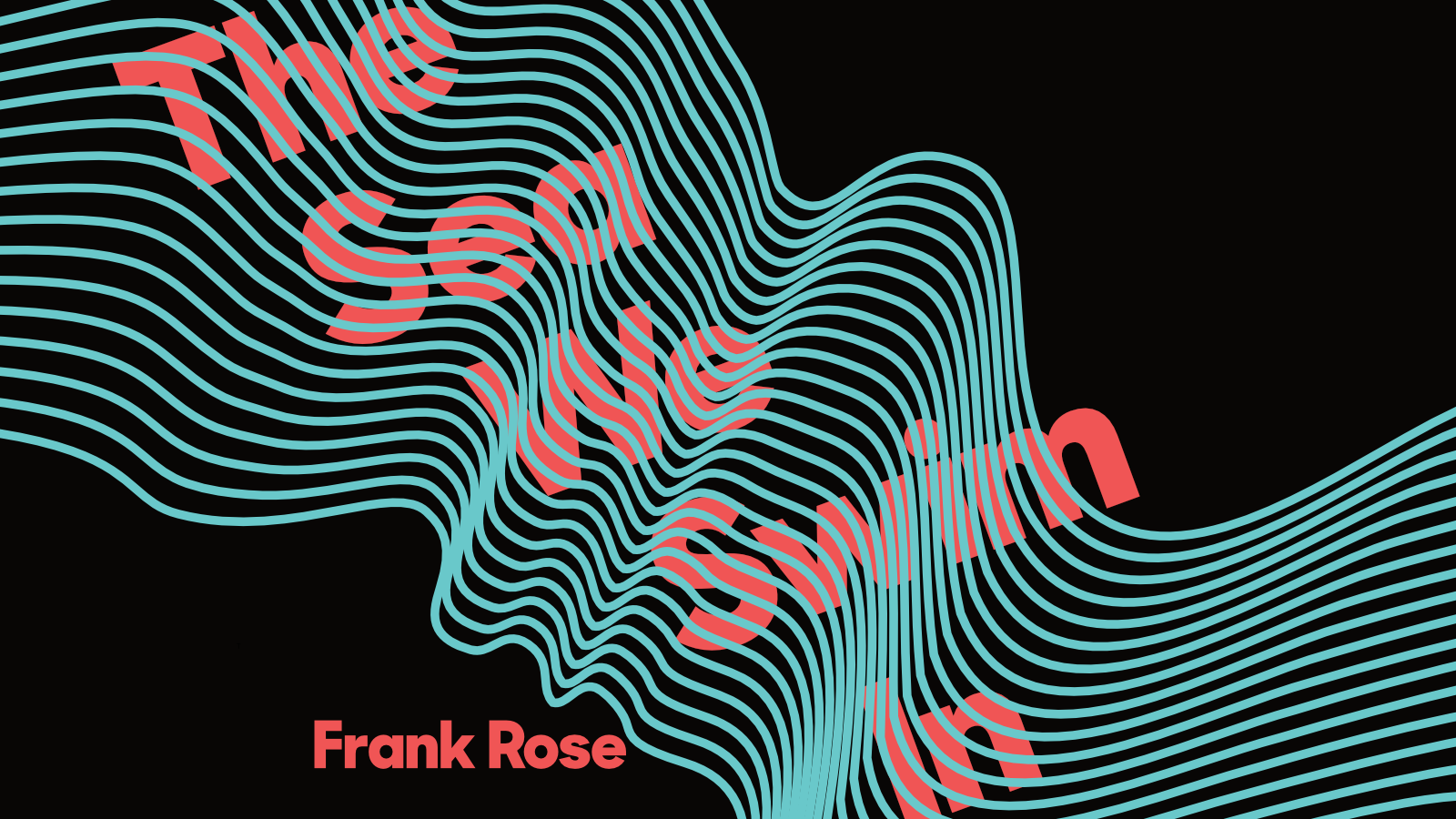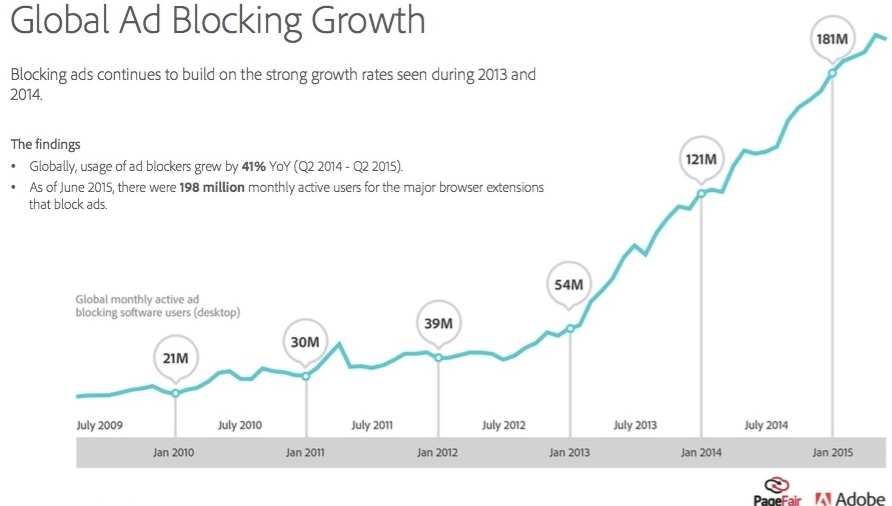
July 20, 2015
We’re supposed to be living in an “attention economy,” right? But standard Web metrics don’t really measure attention. Uniques, page views, monthly average users—none of these take into account how long a visitor spends, whether the visitor is satisfied, or even if the visitor is human and not a bot. For all our talk of Big Data, audience measurement remains a remarkably crude science. And yet, because advertisers and investors rely on these metrics, they have a distorting effect on social media and professional media alike. This has been one source of Twitter’s problems, but it’s even worse with online journalism. If the sites with the most uniques win, it’s easy to game the system by baiting users with value-free content. So cheeseball aggregators like ViralNova—which just sold for something approaching $100 million—get rewarded, while more serious stuff is penalized.
I’ve been fascinated by this phenomenon at least since 2009, when my colleague Daniel Roth published an excellent story in Wired called “The Answer Factory.” It was about Demand Media, a self-aggrandizing startup whose stated mission was to publish “what the world wants to know and share”—which turned out to be a cynical euphemism for “what we can stuff with ads and trick people into clicking on.”
Today, Demand Media is a cautionary tale. Largely reliant on search results for its traffic, it had its air supply cut off by Google just a few weeks after a frenzied IPO. Copycats suffered the same fate. So enterprising Web publishers switched their distribution strategy from search to social, and suddenly we started getting linkbait sites like A+ and ViralNova, which describes itself as hosting “the web’s most fascinating, inspiring, and emotionally striking stories.” This worked great, at least for them, until Facebook changed its NewsFeed algorithm (just as Google before it had changed its search algorithm) and traffic took a nosedive. I suspect it’s no coincidence that ViralNova now says it’s developing more original content.
What’s behind all this? That’s the question I set out to answer in “The Attention Economy 3.0,” just out in the summer issue of the Milken Institute Review. My conclusion: The rise of clickbait and linkbait is a direct result of the failure to measure what really matters:
The focus on uniques and click-throughs assumes that value online is where it’s always been in the media business, in ad inventory. But Web pages can multiply like bunny rabbits—and the more they do, the less valuable each ad opportunity becomes. What’s needed is an injection of scarcity—and “the only unit of scarcity on the web,” as Chartbeat CEO Tony Haile recently told Advertising Age, is time.
Time is what the attention economy is all about—the idea that because we live in an era when information, formerly a scarce commodity, is superabundant, people’s attention, once abundant, has become scarce. From diamonds to leadership skills, we value what is scarce—so in the attention economy it’s no longer content that’s valuable, it’s the attention people give that content. This is a radical notion, a complete reversal of the value proposition that previously underlay all media. But it’s been essentially ignored in favor of metrics that treat digital media the same way Nielsen ratings always treated TV.
Tony Haile and others have made it their mission to create metrics that reflect this reality. They say this will improve the quality of information we get online. So do Web publishers like Medium’s (and Twitter’s) Evan Williams and even Upworthy‘s Peter Koechley. I think they’re right, and in “The Attention Economy 3.0” I try to explain why. Please let me know what you think.











Comments
Sarah Kershaw
- July 22, 2015
Hello,
It's wonderful to get your ideas on this subject as I am fascinated by this subject. That might sound impossibly dry but there it is!
I'm not sure if you have any connection with Fast Company, but back in 2013 I watched a webinar hosted by one of their editors, Chris Dannen.
One figure that stayed with me is that Fast Co Labs managed to increase their time on site metric (a much better metric than "uniques" as per your article) by 42%, by experimenting with the live blog format for news stories. To recap for the purposes of being useful to your readers, a live blog in this instance is as follows:
"On one URL, an article is posted and more content is added repeatedly in either chronological or reverse chronological order. Video and comments are almost always featured on the page to supplement the copy.
They were doing this because they were taking a long view on which metrics might become more valuable, as algorithms evolve. Of course, there are other advantages to the live blog format too, such as A/B headline testing to name just one.
I thought I'd mention it just in case it was helpful. Meanwhile I'm trying to get an update on how this experiment is faring.